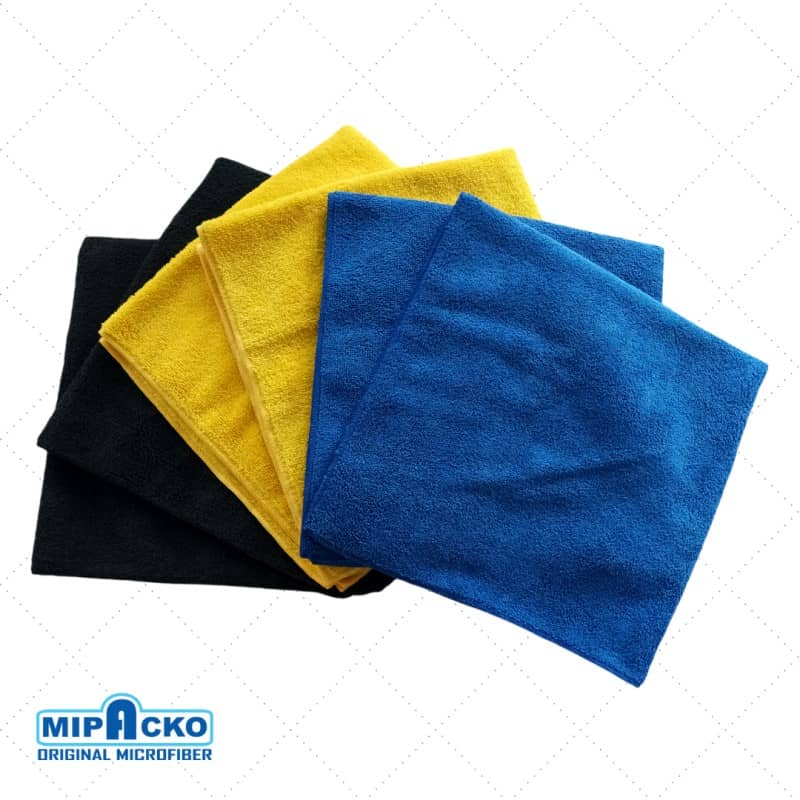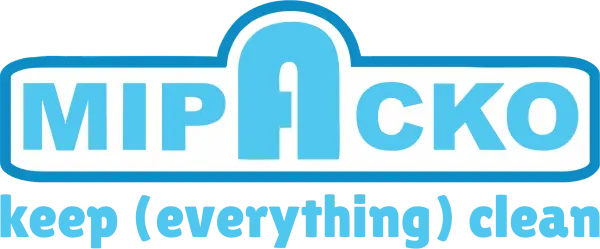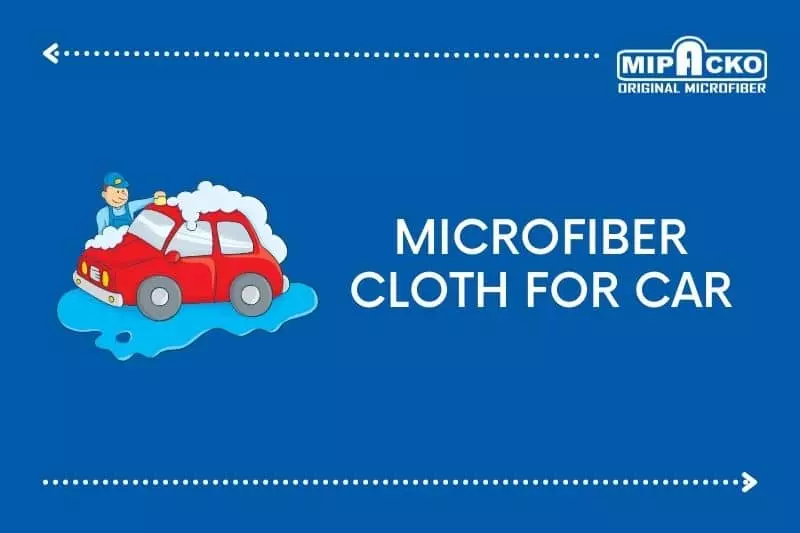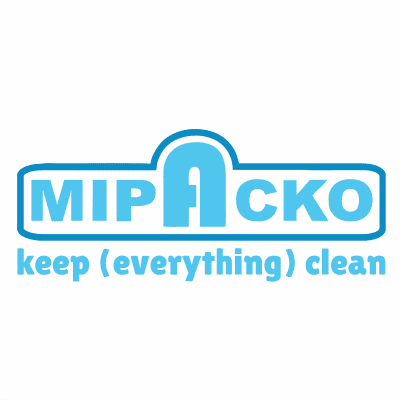Microfiber Cloth For Car – If you’re a car owner, you probably know how difficult it can be to keep your car clean and looking brand new. From dust, dirt, and debris to spills and stains, cars can easily get dirty and require constant cleaning. Fortunately, there’s a product that can make cleaning your car easier and more effective: microfiber cloths.
In this article, we’ll discuss the benefits of using microfiber cloths for car cleaning and how to choose the best one for your needs.
What is a Microfiber Cloth?
Microfiber is a synthetic fiber made of polyester and nylon that is very fine and lightweight. It is made by splitting a polyester and nylon thread into very small fibers, which are then woven together to create a cloth that is highly absorbent and effective at cleaning.
Microfiber cloths are popular for cleaning cars because they can trap dirt and dust particles, as well as absorb liquids such as water, cleaning solutions, and wax. They are also gentle on car surfaces and won’t scratch or damage your car’s paint.
Benefits of Using Microfiber Cloths for Car Cleaning
There are several benefits to using microfiber cloths for car cleaning:
- Superior Cleaning Power: Microfiber cloths are highly absorbent and can hold up to seven times their weight in water. They are also effective at trapping dirt and dust particles, which means you can clean your car without scratching or damaging the paint.
- Durability: Microfiber cloths are made to last and can withstand multiple washings. Unlike other types of cloths, they won’t break down or lose their effectiveness over time.
- Versatility: Microfiber cloths can be used for a variety of cleaning tasks, from washing and drying to waxing and polishing. They are also great for cleaning the interior of your car, including the dashboard, seats, and carpets.
- Eco-Friendly: Microfiber cloths are reusable and don’t require any additional cleaning solutions or chemicals, which makes them an eco-friendly choice for car cleaning.
- Cost-Effective: While microfiber cloths may cost more upfront than other types of cloths, they are a cost-effective choice in the long run because they last longer and require fewer replacements.
Read More : How to Clean a Car Engine
How to Choose the Best Microfiber Cloth for Car Cleaning
When choosing a microfiber cloth for car cleaning, there are a few things to consider:
- Size: Microfiber cloths come in a variety of sizes, so it’s important to choose one that is the right size for your needs. For example, if you’re using the cloth to clean the interior of your car, a smaller size may be more convenient.
- Thickness: Thicker microfiber cloths are more absorbent and can hold more water and cleaning solution. However, thinner cloths are more flexible and can be easier to use on uneven surfaces.
- Weave: Microfiber cloths can have different weaves, including waffle weaves, terry weaves, and suede weaves. Waffle weaves are best for drying, terry weaves are great for general cleaning, and suede weaves are ideal for polishing and buffing.
- Color: Microfiber cloths come in a variety of colors, but it’s important to choose one that won’t bleed onto your car’s upholstery or paint. White or light-colored cloths are a safe choice.
- Quality: The quality of the microfiber cloth is also important. Look for a cloth with a high GSM (grams per square meter) rating, which indicates the thickness and quality of the cloth. A higher GSM rating means a thicker and more absorbent cloth.

How to Clean and Care for Microfiber Cloths
To ensure that your microfiber cloths last as long as possible and remain effective, it’s important to clean and care for them properly. Here are some tips:
- Wash separately: Wash your microfiber cloths separately from other fabrics, especially those that shed lint. This will prevent lint from sticking to the microfiber and reduce the risk of scratches.
- Avoid fabric softeners: Fabric softeners can clog the fibers of microfiber cloths, reducing their effectiveness. Instead, use a small amount of laundry detergent and avoid using bleach.
- Use hot water: Wash microfiber cloths in hot water to remove dirt and grime effectively. Avoid using cold water, as this can leave the fibers clogged and reduce their cleaning power.
- Hang dry: To prevent damage to the microfiber, hang dry them rather than using a dryer. Avoid using heat or fabric softeners, as these can damage the fibers.
- Store properly: Store your microfiber cloths in a clean, dry place to prevent them from getting dirty or damaged.
Conclusion
In conclusion, using a microfiber cloth for car cleaning is a wise investment for any car owner. Not only are they more effective than traditional cloths, but they are also eco-friendly, cost-effective, and versatile. When choosing a microfiber cloth, consider the size, thickness, weave, color, and quality, and be sure to clean and care for them properly to keep them working effectively.
With the right microfiber cloth and proper care, you can keep your car looking brand new for years to come. So, next time you’re cleaning your car, consider using a microfiber cloth and see the difference it can make.
Read More : Wash Your Motorbike Properly With This Easy Tips





